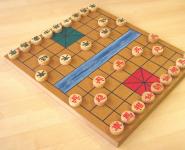Game rules for beginner chess players
In this article:
Chess is an interesting game that children can start playing from middle preschool age. Chess helps to develop logic, patience, perseverance, contributes to the development of sportsmanship.
Psychologists and educators say that in the process of playing chess, kids get more opportunities to develop attention, analytical thinking and memory in a relaxed playful way. Young chess players usually do not have problems with mathematics at school, they are distinguished by discipline, the ability to set goals and achieve them.
It is good if there is an opportunity to enroll a child at an early age in a chess club or even a school with the prospect of studying at a professional level. If this is not possible, then parents can independently reveal the rules of the game of chess to the baby, practicing with him from time to time.
Daily games of chess will teach a child to think, develop a sense of responsibility, the ability to think analytically, the ability to be resolute, courageous, and calculate situations several moves ahead.
When explaining the rules of chess to kids, one may encounter misunderstanding and lack of desire in them to understand and put into practice the newly received information. That is why it would be appropriate to prepare the child - to tell him a fascinating legend about this game.
Legend of chess
Many hundreds of years ago, when people did not yet have newfangled gadgets, as well as televisions and even radios, there lived Raja Bagram, a tyrant who amused himself with constant wars with his neighbors. One of his servants, Nazir, wishing to divert the ruler's attention to something more 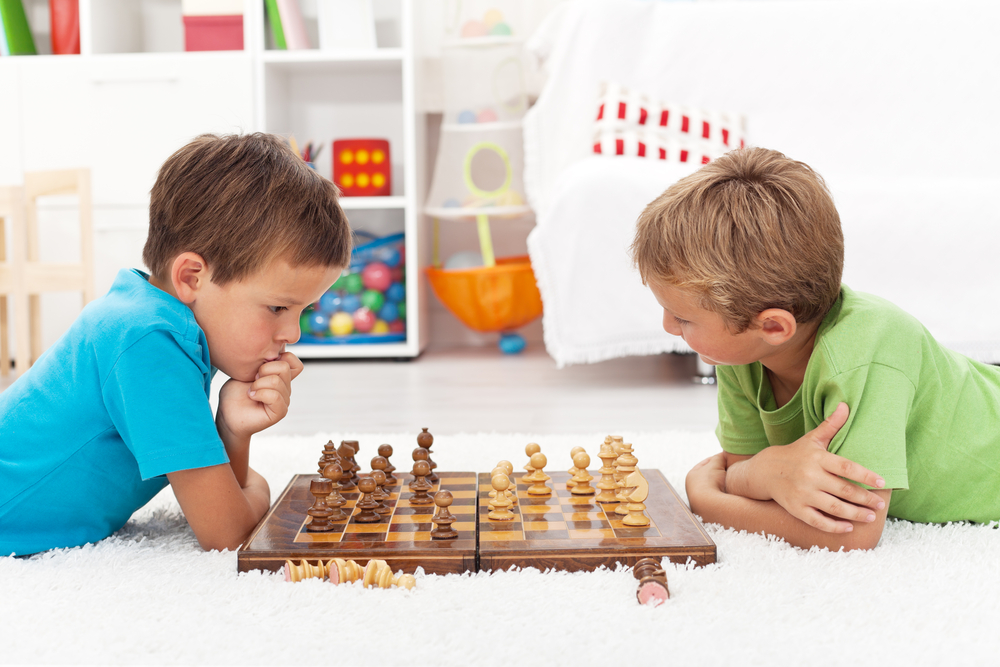 safer than war, decided to get him into a new game.
safer than war, decided to get him into a new game.
To do this, he used a board with 64 cells, on which the king, cavalry and infantry were placed and acted. Also on the board were elephants and fortresses identical to the real ones. The ruler liked the board game, because it fully corresponded to his ideas about the army and military operations.
Wishing to encourage the inventor, he asked how he could be rewarded. In response to this, the sage offered to give him exactly as many grains as would fit on the board, if you follow the algorithm: 1 grain for 1 cell, 2 grains for the second, and so on. At first, the ruler only laughed and considered Nazir a fool, since he asked for such an insignificant reward instead of mountains of gold or power. But when they began to count rice, doubling the number of grains with each cell, as a result, the resulting figure turned out to be so huge that the ruler began to respect the sage and his game even more.
The rules of the game of chess have changed many times, but in the version in which they are known today, they were approved several hundred years ago. Chess pieces are located on a board of 64 cells, including 32 black and 32 white. You need to position the board and place the pieces on it so that the white cell is in the nearest right corner.
The player's army consists of 16 chess pieces, including the king and queen, two bishops, rooks and knights, as well as 8 pawns. The rooks are placed along the edges in the near row, the knights are placed a little closer to the center, and they end up with bishops. The two remaining 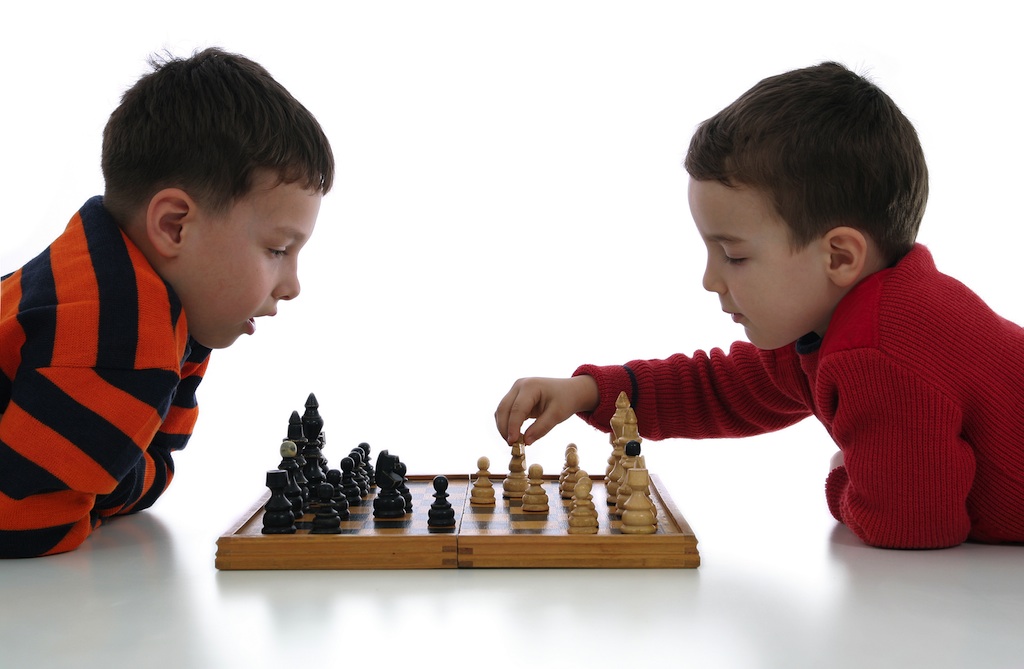 the squares are for the king and the queen, and the queen is placed on the square of her own color. The entire second row is for pawns.
the squares are for the king and the queen, and the queen is placed on the square of her own color. The entire second row is for pawns.
White moves first. One move is the movement of one piece. You can "kill" an opponent's piece if you make a move to the cell where it stands. The main task is to surround the opponent's king before he does.
A check is a situation when the opponent's king is under attack, but can still move to a safe cell. If the transition is not possible, then a checkmate is declared and a victory is awarded.
More about the rules
Playing chess is very interesting when you know the rules. That is why the task of parents is to teach beginner chess players the basics of the game, 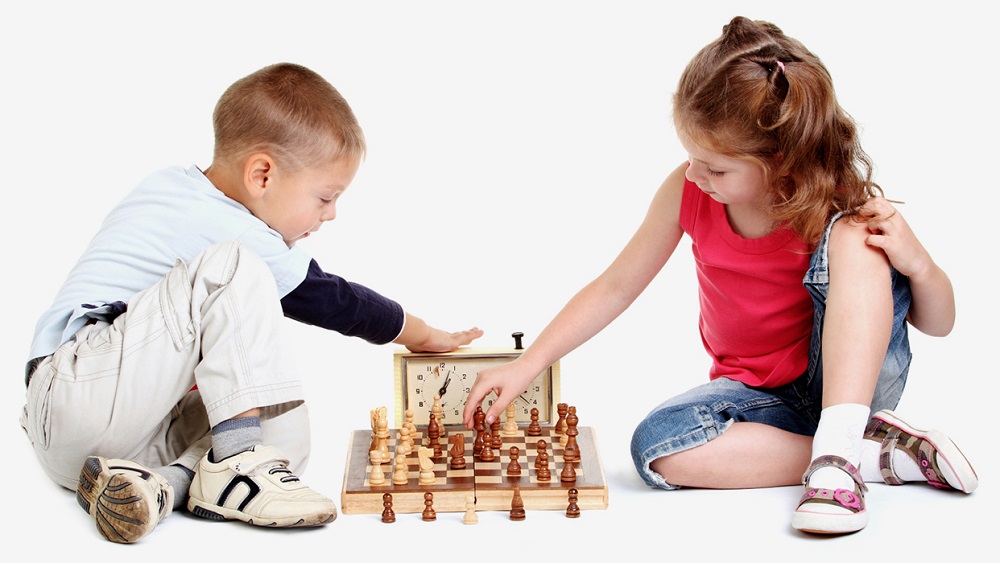 making sure they don't lose interest in it from the start.
making sure they don't lose interest in it from the start.
So let's start with two players playing the game. Everyone chooses for himself figures of white or black colors. The board, as noted above, has 64 cells of white and black colors, alternating with each other.
Pieces can only move on free squares. If it moves to a square occupied by the enemy, then the piece that occupied it is taken “captured” and is eliminated from the game.
Consider the rules for the movement of figures.
The queen (aka queen) is the most mobile of the pieces. The queen moves vertically, diagonally and horizontally from the square on which she stands.
Elephant - walks diagonally.
Rook - moves horizontally and vertically. The rook and bishop cannot jump over squares occupied by other pieces.
The horse - jumps over the figures, walks according to the principle of the letter "G". At preschool age, the rules for walking a knight for beginner chess players may seem too complicated, so  You can explain them by offering to move the figure cell by cell.
You can explain them by offering to move the figure cell by cell.
Pawns - move forward one square. At the request of the player in the first move, each of the pawns can be moved two squares at once. If a pawn "conquers" an opponent's piece, then it moves diagonally into its square. A pawn that reaches the opposite edge of the board can become any of the pieces. After that, you can replace it with the selected figure or simply remember its new functions.
King - moves one cell. Once per game, it can move two squares to the rook, which must be moved through it to the adjacent square.
These are the basic rules of the game that need to be conveyed to the child at the very beginning of training.
How to teach children to play
You need to be prepared for the fact that it will be extremely difficult for novice children, even those who know the rules, to force themselves to be patient and learn the basics in order to subsequently enjoy the process.
Chess is a game that will require a child to take consistent, systematic actions. From the first time, most of the novice players will not like the process so much that they don’t want to continue again. The main thing is to support the baby at this moment, not 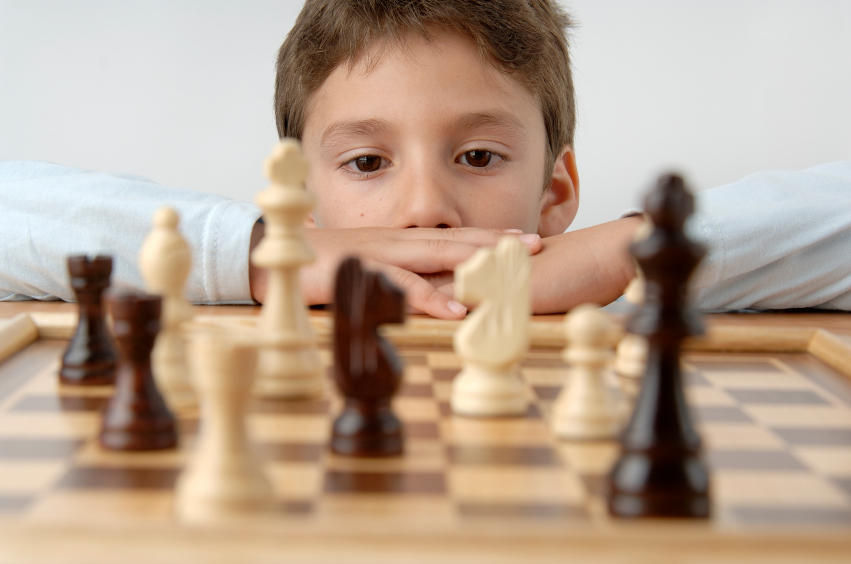 putting pressure on him and stimulating the desire to continue on.
putting pressure on him and stimulating the desire to continue on.
The first chess for beginner young players should be beautiful. It is best to opt for the classic version of chess with varnished pieces or chess with colored plastic pieces for children. It is very important that the figures and the board immediately captivate the child, causing him to quickly learn the rules for beginners and start playing.
Before starting the game, you need to explain the rules to the child, help him arrange the pieces, focus on the goals and means to achieve them.
When the child has mastered the rules of the game, you can move on to the first games for beginners, which allow you to look for the right moves and build logical chains. Naturally, at first, novice players should give in in order to motivate them to continue further. Over time, kids will master whole combinations, will be able to independently develop strategies, defeating even experienced opponents.
